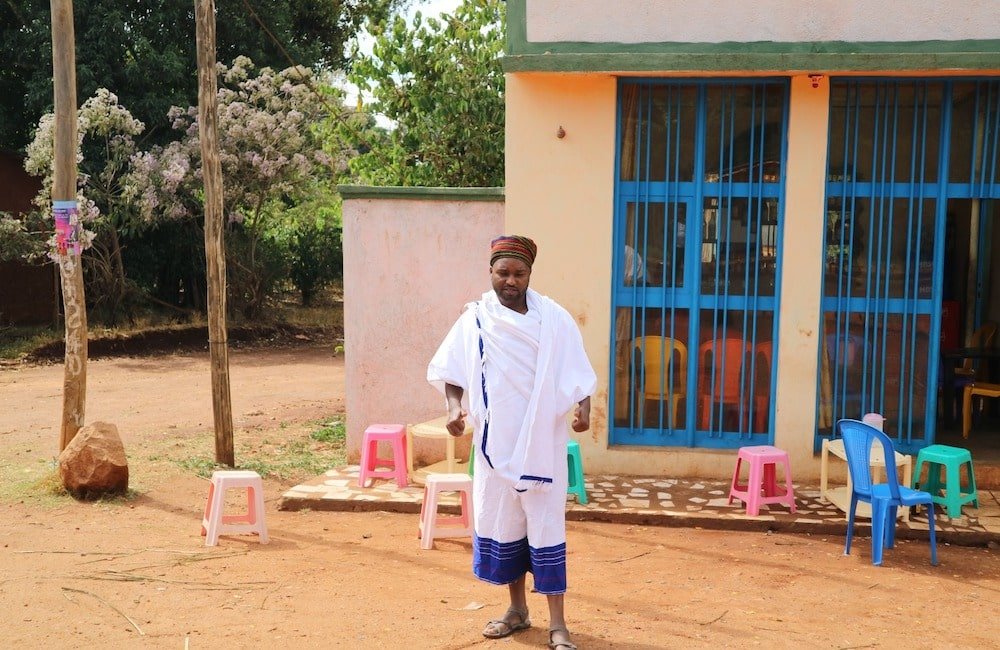Filter & Espresso
Peach, bergamot, jasmine
Guji | |
2.173 msnm. | |
Gibirinna 74110 & Serto 74112 | |
Natural | |
Smallholders |
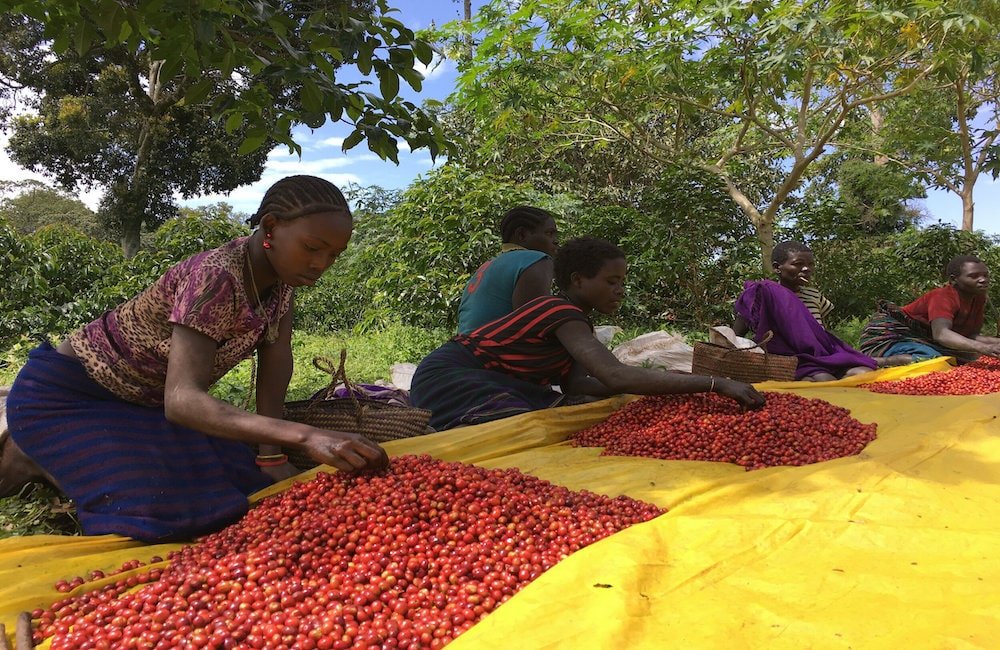
Bookkisa is the name of the sub-kebele where this fantastic grade 1 Ethiopian comes from.
A kebele is the smallest administrative unit in Ethiopia, such as a village.
Bookkisa is located near the city of Shakisso, south of the capital Addis Ababa, in the Guji region.
The Guji region is famous for the excellent coffees it produces thanks to the richness of its terrain, the weather and altitude at which it is located.
This coffee has been cultivated at an altitude of 2,173 meters by small producers.
The chosen process has been a natural one, which means that the seed has been dried with the cherry before pulping it.
A specialty coffee from small producers
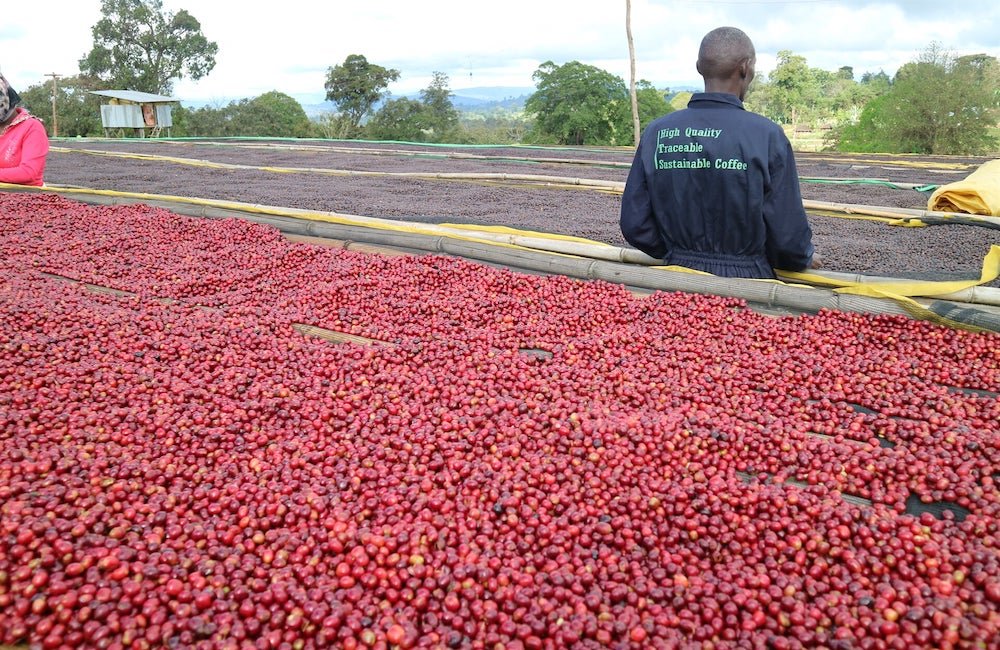
This coffee has been grown by several small farmers from the Bookkisa sub-kebele, hence its name.
These coffee farmers have small farms, generally less than 2.5 hectares, and work in cooperatives.
The coffee plants grow under the shade of indigenous forests, which enriches the land and allows a slower ripening.
This is another feature that makes the Guji region an ideal place for growing specialty coffee.
Small farmers in this area regularly participate in development sessions led by agronomist Ture Waji, a leading figure in specialty coffee farming in the Guji region.
The know-how of the coffee growers together with the continuous development and supervision of Ture Wuji make this region’s coffees improve almost every year.
Specialty coffee is a seasonal product
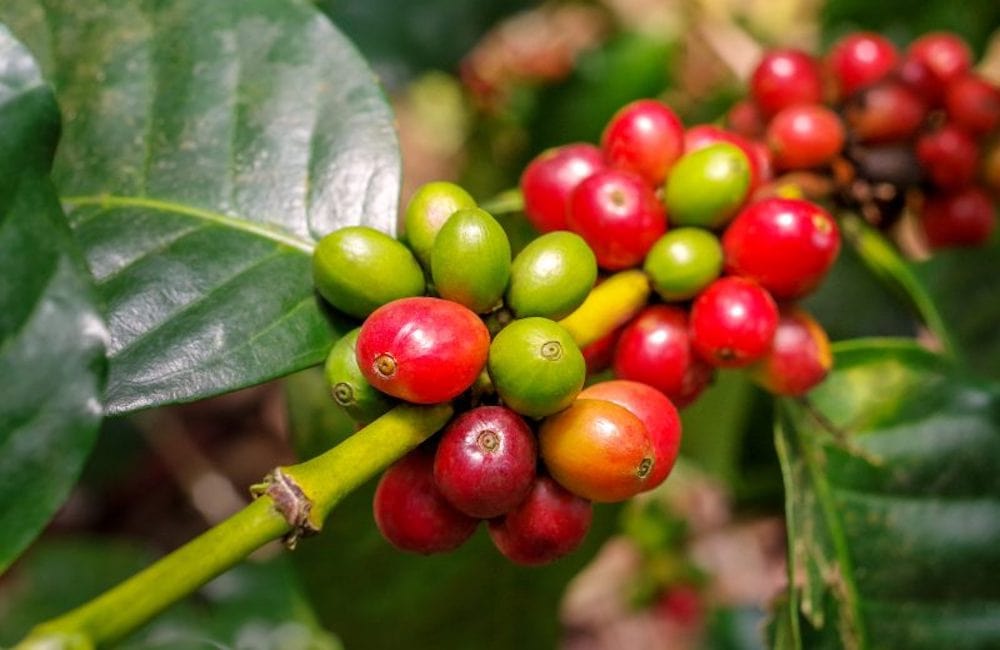
Specialty coffee is a seasonal product and therefore each season is different.
This is very important because coffee behaves like any other fruit before it is processed and pulped.
The quality and quantity of cherries produced by each coffee plant will depend on many factors and will vary from season to season.
What’s important is that coffee growers are aware of this and know what care the plant needs depending on the climate, altitude, amount of rain, etc.
The cherries must always be picked at their optimum point of ripeness, considering all the above conditions.
Only those will we obtain a coffee that reflects both, the qualities of the land and the climate as well as the know-how of the coffee growers.
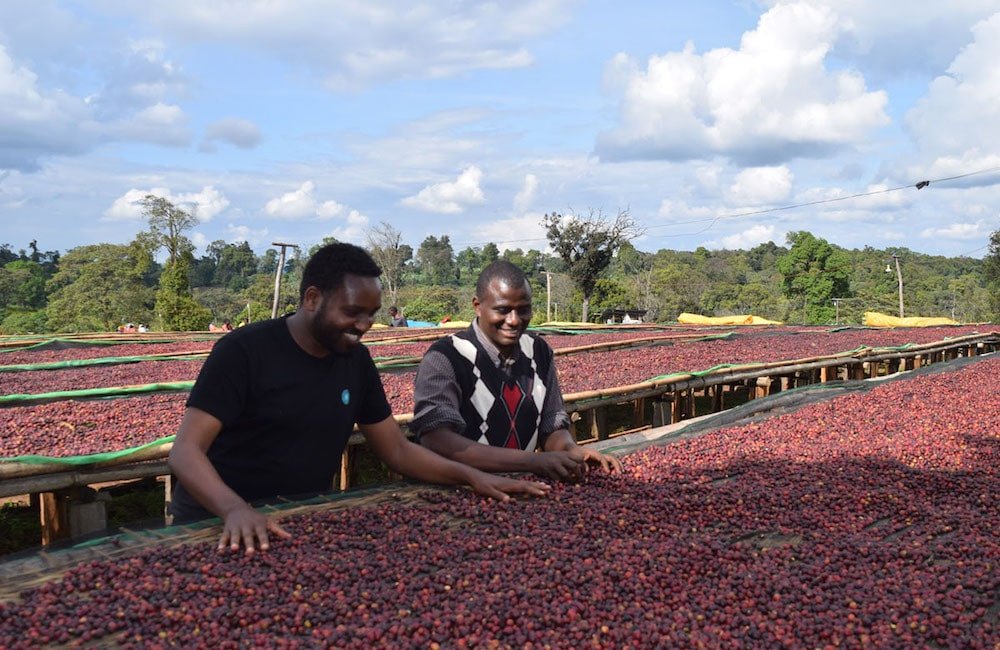
Being a seasonal product, it also has an optimal consumption period.
Once roasted and processed coffee can be consumed for a long time with no harm to our health (though not with the same taste).
But we will only enjoy its best qualities if we consume it fresh and freshly roasted (this is due to an oxidation process which you can read more about here)
Our mission at Ineffable Coffee is to find the best fresh and seasonal coffees and make them available to you.
We are sure that this Bookkisa will meet these expectations.
Natural process
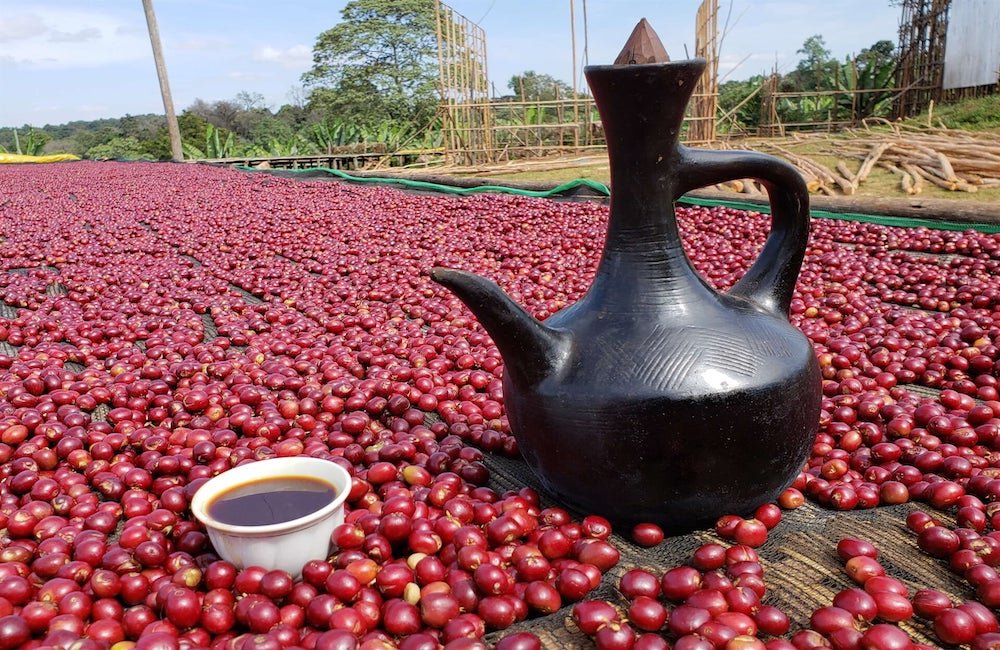
During harvesting and processing, each specialty micro batch is sorted by the date of harvest.
This micro batch has been produced following a natural process.
The cherries are picked and selected by hand.
This allows underripe or overripe cherries to be discarded for a specialty batch (these cherries are used in lower quality batches).
Once picked, the cherries are placed on raised beds to dry without being pulped.
The first drying phase is very important in determining the quality of the coffee.
The cherries are spread in relatively thin layers to avoid creating overly fermented aromas.
They are turned continuously until they reach a moisture content like that of raisins (about 25%) after a few days.
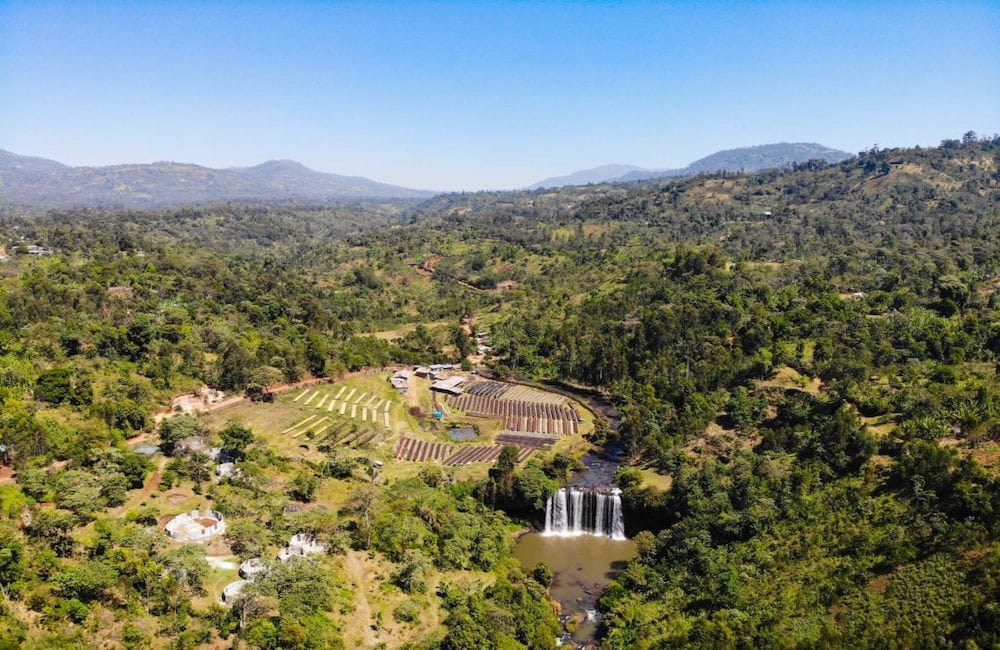
In the second phase, the residual moisture is reduced from 25% to 12%.
The cherries are arranged in thicker layers, continuously rotated during the day, and covered at night.
Once the desired moisture level is reached the dry pulp is removed by a mechanical process.
Finally, the pulped seeds are hand sorted once more to identify any residual defects and are separated by grade.
The last step is to pack them in Grain Pro bags and then in jute bags to protect them from humidity during transport and avoid any contamination.

